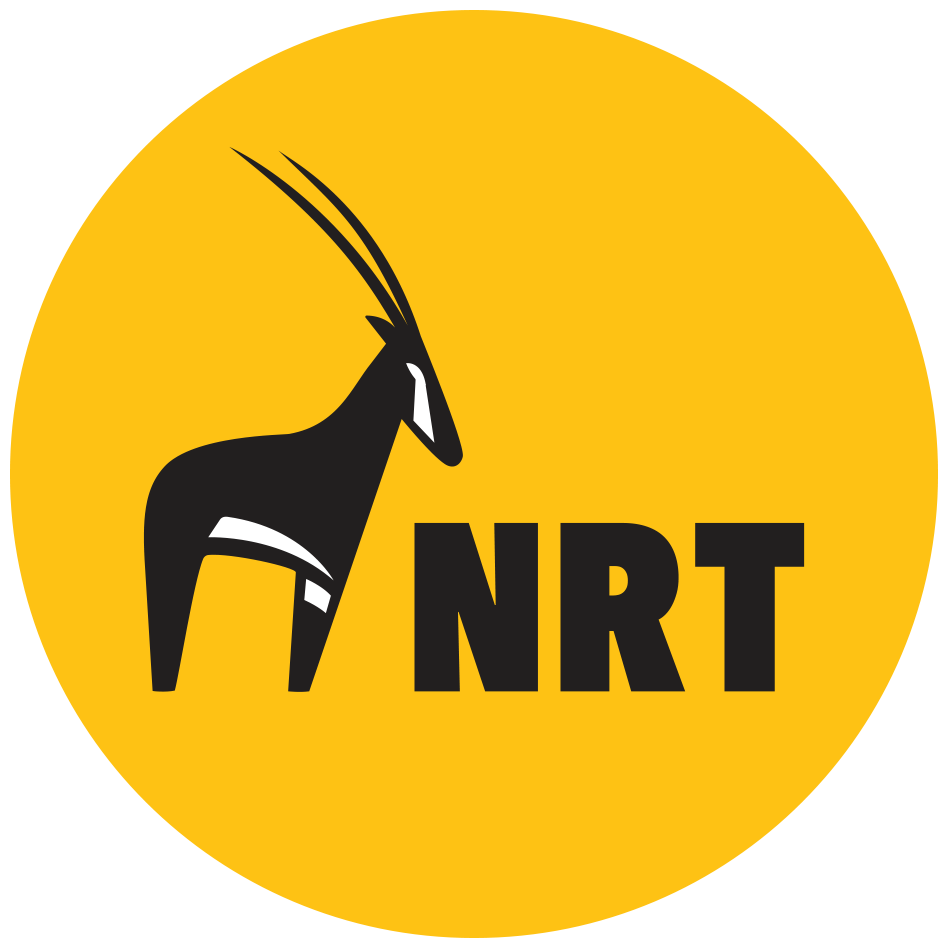Pioneering Pastoralists: A Westgate Feeding Trial
Video by Jeff Waweru
The northern rangelands are under pressure.
Growing livestock numbers, an unpredictable climate and the spread of invasive/ destructive plants is leading to degradation and erosion in many grassland areas, threatening livelihoods and wildlife. Many pastoralists struggle to reach or maintain decent market-value weight on their cattle, particularly during dry times. Yet where communities are successfully implementing and scaling their traditional grazing management strategies, planting grasses and clearing invasive trees, the potential of the grasslands to support commercial-grade beef cattle and abundant wildlife numbers is huge.
That is why a group of pioneering morans in Westgate Conservancy have partnered with NRT, The Nature Conservancy and Grevy’s Zebra Trust to trial a supplementary feeding experiment with some of their bulls. This trial complements the successful grazing management and rangeland rehabilitation activities that have already been carried out by the Conservancy for the benefit of wildlife and cattle.
For these morans, supplementary feeding is a new concept - traditionaly they rely solely on good grass. The questions they had: How much weight might my bull put on if I fed him pellets in the evening on top of grazing? And would the value of this weight gain justify the cost of pellets?
The trial took place from August to October 2018, and involved four groups of bulls that grazed together during the day:
The first were wormed, and fed pellets
The second were not wormed, and fed pellets
The third were not fed pellets, but were wormed
The fourth were not fed pellets or wormed
Cattle were microchipped and each weighed in a mobile weighing scale
Results showed that in the first 7 weeks, the bulls that were wormed and fed pellets gained an average of 15kgs (one bull put on 46!). Bulls that were fed and not wormed put on 6 kgs. Those animals that were not fed pellets, but were wormed, lost an average of 3.5kgs, while bulls that were not fed or wormed lost an average of 1.9kgs.
Interestingly, weight gain from the groups being fed started to plateau after the first seven weeks. This is likely due to their breed, which is programmed to put on fat rather than muscle (which weighs more). Data from this trial will be shared with NRT Trading, who will support with calculating weight gain value against average feed cost. There are plans to conduct a similar trial in Sera Conservancy, where NRT Trading would purchase those bulls that reached market weight at the end of it.
These trials aim to reveal the potential of the northern grasslands to support commercial beef production. Through this, there is as opportunity for pastoralists to start shifting the way they think about keeping livestock - from owning high numbers of poor or medium grade cattle to keeping fewer animals with higher genetic potential for beef production and income generation.


